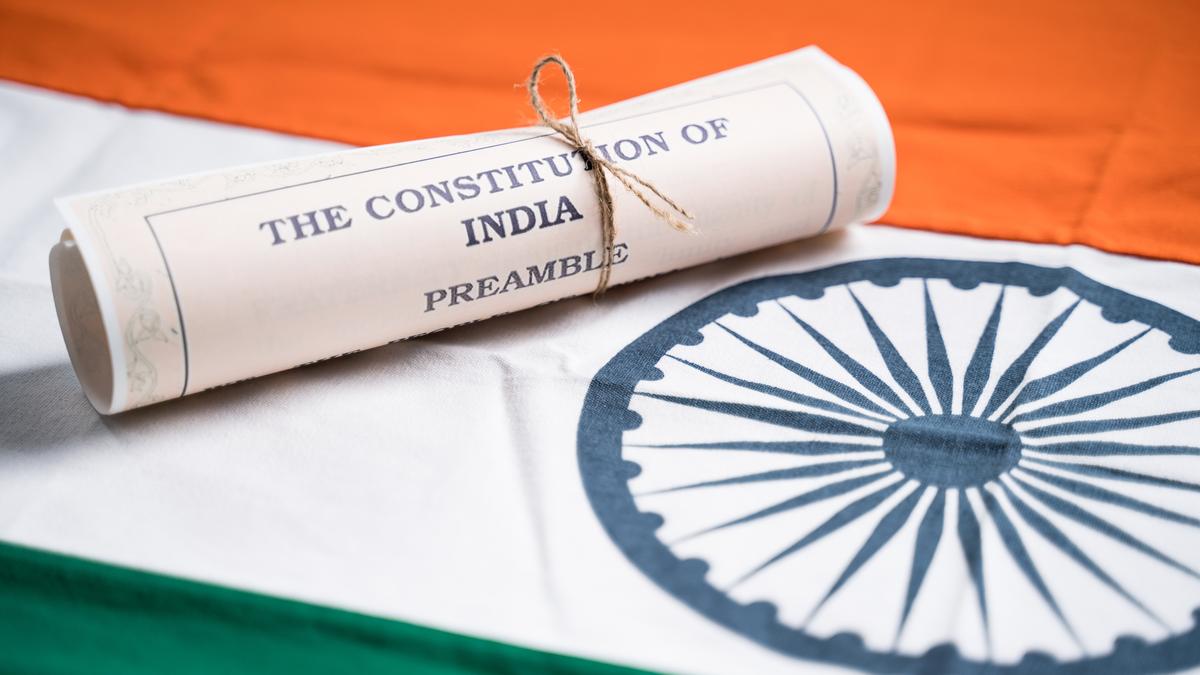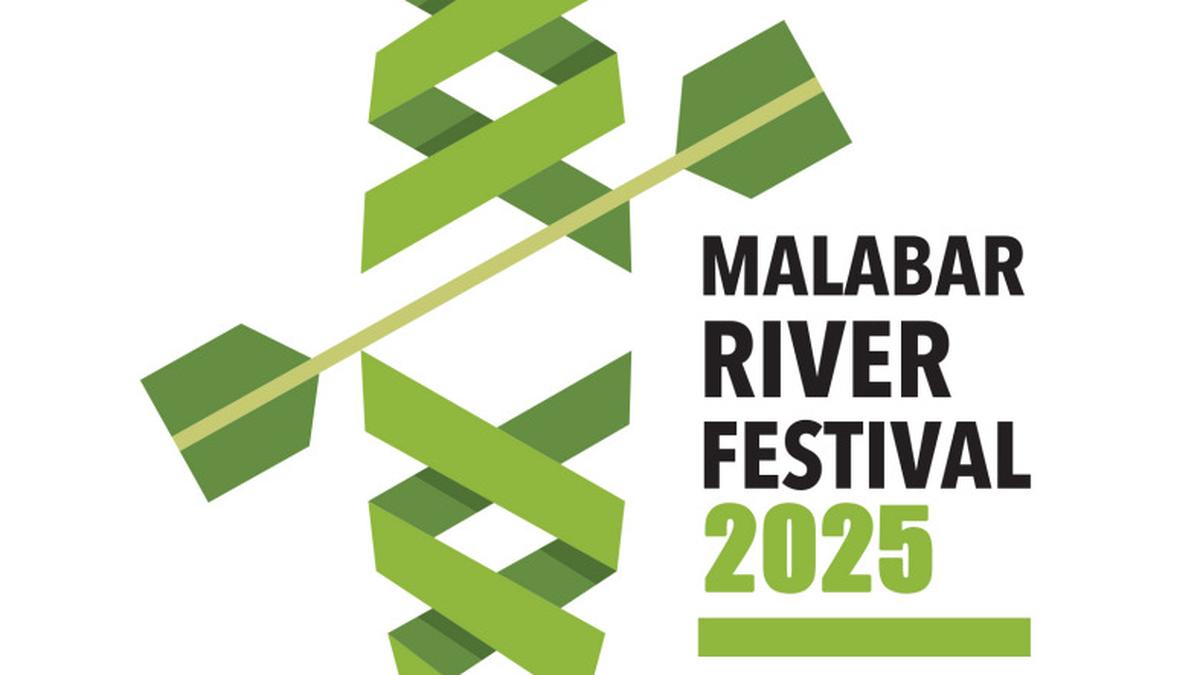Now Reading: Envisioning India: Insights from Early Constitutional Drafts
-
01
Envisioning India: Insights from Early Constitutional Drafts
Envisioning India: Insights from Early Constitutional Drafts

Quick Summary
- Between 1895 and 1948, various constitutional drafts proposed contrasting ideologies for India before the adoption of the 1950 Constitution.
- Constitution of India bill (1895): Proposed by early nationalists like Bal Gangadhar Tilak.Emphasized liberal governance with representative democracy, individual rights, and legal equality inspired by British constitutional models.
- M.N. Roy’s Draft Constitution (1944): Advocated radical participatory democracy through linguistic federalism and citizen committees. Included socio-economic guarantees alongside civil liberties.
- Hindusthan Free State Act (1944): Predominantly nationalist, with a unitary state framework focused on cultural homogenization but included provisions for religious freedom, equality across castes/creeds, and prohibition of state religion.
- Gandhian Constitution (1946): Centered on village self-rule and moral values rooted in nonviolence but allowed pragmatism like the right to bear arms. Emphasized agrarian self-sufficiency over industrialization or centralized governance.
- Socialist Party Draft Constitution (1948): Focused on Marxist principles advocating full nationalization of industries/resources, gender equality, caste abolition, economic rights prioritized over procedural liberties.
Indian Opinion Analysis
The diverse pre-independence constitutional drafts reflect India’s complex political history and competing visions for governance.these documents not only highlight differing priorities-ranging from liberal civil rights to Gandhian decentralism to socialist economic reform-but also showcase India’s robust intellectual engagement with foundational questions of sovereignty and justice even under colonial rule.
While none were adopted wholesale into the final 1950 Constitution, their influence is evident today in key principles such as decentralized local governance (panchayati raj), socio-economic rights embedded via Directive Principles of State Policy, as well as secular commitments that guarantee religious freedom despite cultural pluralism challenges.
The debates embedded within these drafts underscore India’s early experimentation with forms of political organization centered on both unity and diversity-challenges critical even in contemporary policymaking amidst a multifaceted society. Studying this legacy demonstrates how conflicting yet imaginative frameworks shaped India’s foundational democratic imagination at a pivotal moment in its history.






















